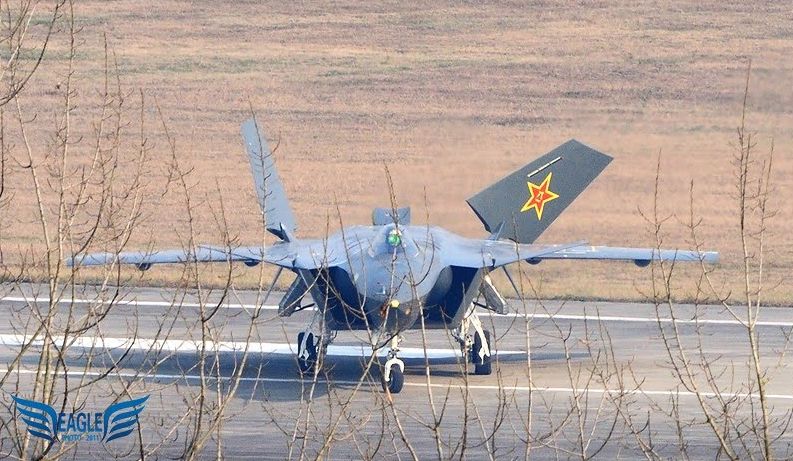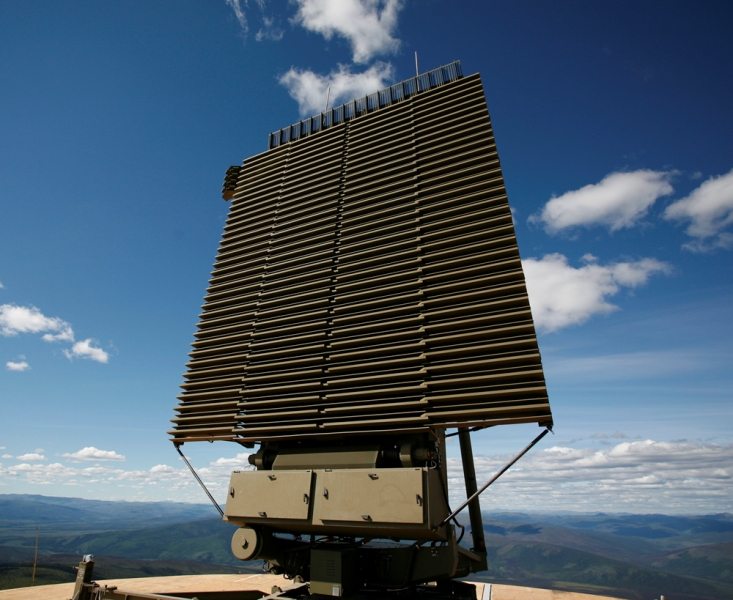For more than a decade, the Chinese government has been pursuing a deliberate, yet indirect strategy to establish de facto control over the waters and airspace adjacent to its mainland. This program has a number of facets: historical, political, economic and military.
The focus of much of this program is Beijing’s assertion of claims to ownership of a number of island groups and rocky islets running in an arc from the South China Sea which touches the Philippines, Vietnam and Malaysia northward to the Yellow Sea that borders the Korean Peninsula, Taiwan and Japan. Beijing has sent warships to patrol these contested waters and on several occasions landed small amphibious infantry units as a clear demonstration of ownership.
Most recently, Beijing set off a political firestorm in Japan by publishing an article in a state-run newspaper suggesting that Okinawa was previously a “vassal state” of China. The article published in People’s Daily, the official organ of the Chinese Communist Party, declared “it may be time to revisit the unresolved historical issue of the Ryukyu Islands.” Notably, the Ryukyu Islands include not only Okinawa itself but a string of smaller islands that extend hundreds of miles across the edge of the East China Sea between Japan and Taiwan.
What is more worrisome than Beijing’s rhetorical bellicosity is its growing use of military threats to back up its historical and political claims. Two days ago, the Chinese Defense Ministry issued a map that extended the East China Sea Air Defense Identification Zone eastward to encompass a set of disputed islands, which Beijing calls the Diaoyu Islands and the Japanese refer to as the Senkaku Islands. More than just a line on a map, Beijing warned that it would assert its control over the islands.
According to the Chinese military, all aircraft flying through the area must notify Chinese authorities and are subject to emergency military measures if they do not identify themselves or obey orders from Beijing. In addition, the Peoples’ Liberation Army (PLA) Air Force will react to any air threats or unidentified flying objects coming from the sea.
This latest initiative is part of a clear plan by the Chinese military to extend its offensive and defensive military domain over all adjacent waters as far as what strategists call the “first island chain.” To that end, the PLA has been investing in a range of capabilities for the purpose of denying prospective adversaries, including the United States, the ability to deploy and employ military forces within this zone.
The PLA has thousands of dual-capable ballistic and cruise missiles deployed within range of Taiwanese, Japanese and even U.S. bases in the Western Pacific. Hundreds of modern PLA Air Force strike aircraft and interceptors are based within range of these facilities. Perhaps even more dangerous, China is investing in an integrated air defense network that includes, or soon will, large numbers of long-range, high speed interceptor missiles. Some of these long-range interceptors are also deployed onboard the more modern Chinese surface combatants. The range of these surface-to-air missiles will permit the Chinese military to interdict the airspace above not just the Senkakus but Taiwan itself.
The essence of any U.S. strategy to counter Beijing’s encroachment on the freedom of the global commons in East Asia must include several elements. The first is the development of closer political ties and military relations with friendly countries across the region. The second is the provision of advanced military hardware to those allies including the F-35 to Japan, Australia and South Korea, F-16 for Taiwan and land- and sea-based missile defenses to all who can operate them.
Finally, the U.S. must maintain its investment program in game changing military capabilities such as the Ford-class aircraft carrier, Virginia-class nuclear powered submarine, new long-range bomber, KC-46 tanker, UCLASS unmanned system and naval lasers.











